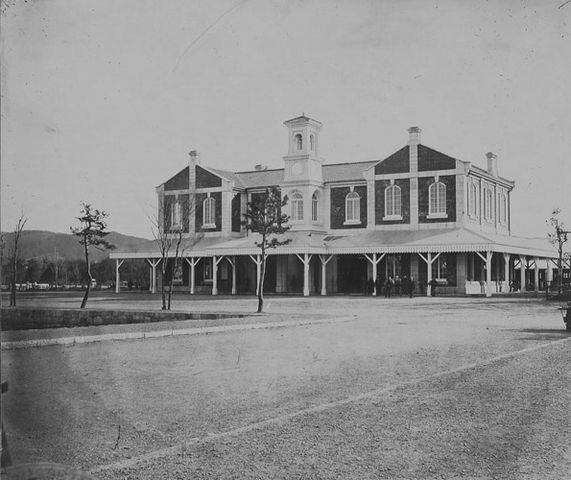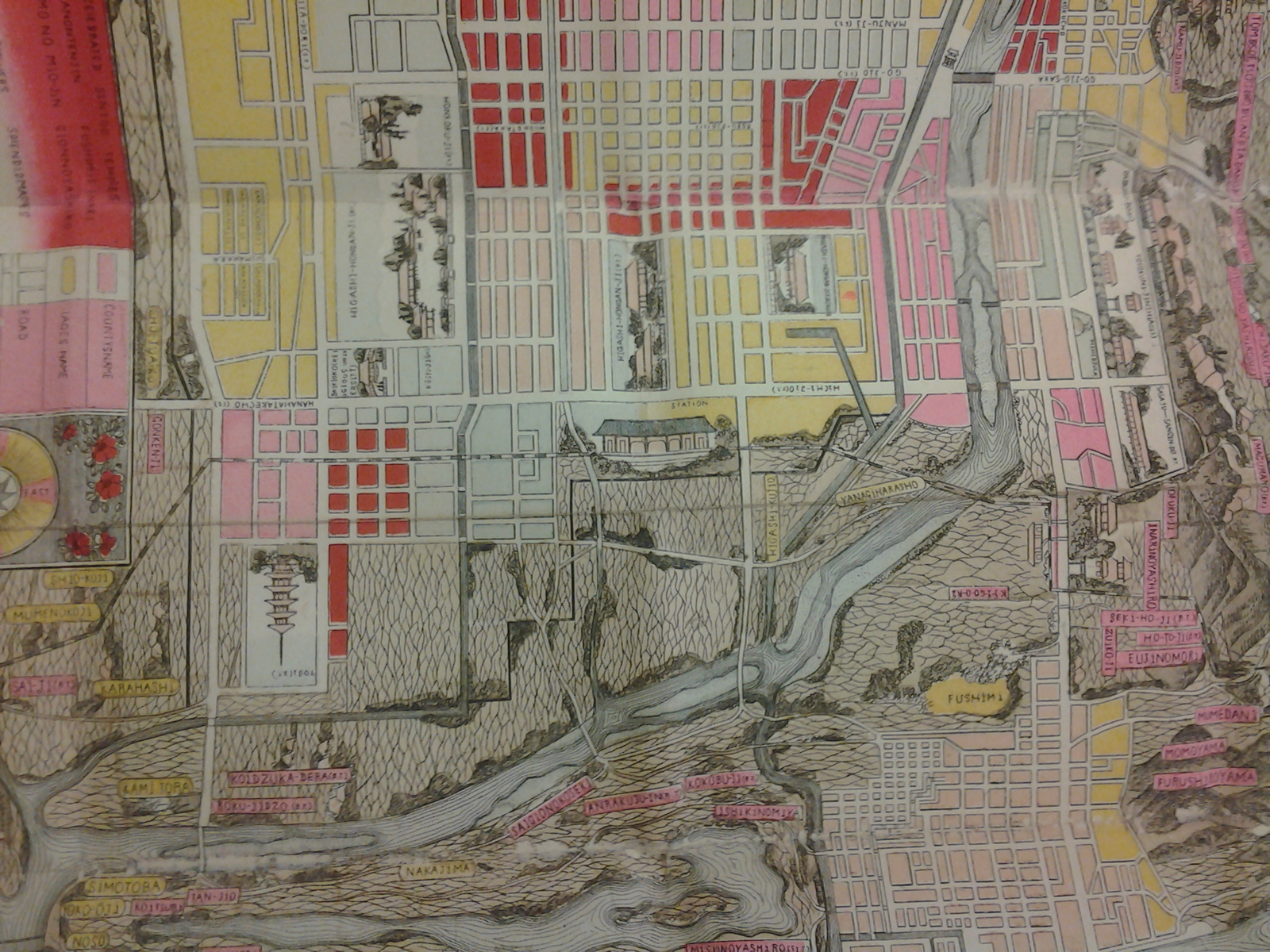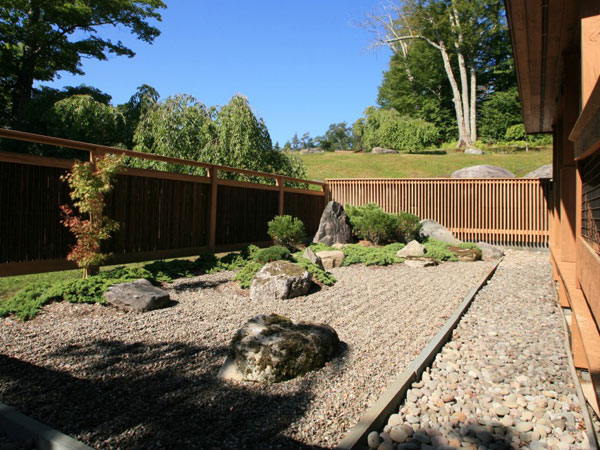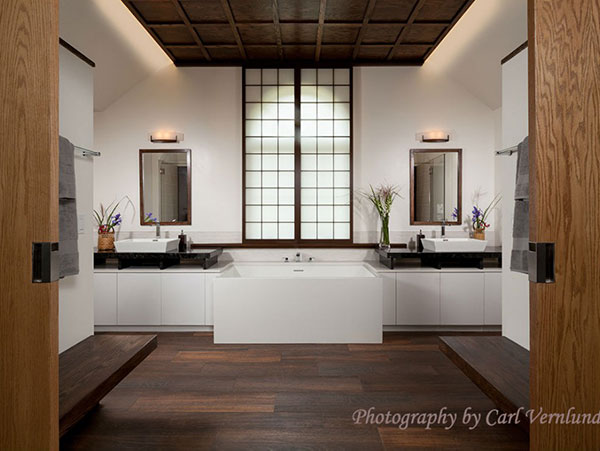This interesting map was published in Kyoto in 1886. I encounterd it in doing a reasearch for my seminar.
It is only about 20 years after the Meiji Restration, yet to my surprise, the map carries an image of original Kyoto station. It is an one-story building at the photo’s center that almost looks like a barn. Can you find it?
In that short 20 years, Kyoto already became a destination for foreign travelers both for pleasure and business, which actually explains both why the map is in English and why the station is threre The second first railroad in Japan was built from Kobe, a port town, to Kyoto in 1877.
It is fascinating to see that Kyoto, usually known for its history and tradition, was also a city that was very open to the new invention. To its credit, the station did not look like a barn. It looked like an American station of the West combined with a New England city hall. Imagine that this architecture stands face to face with Nishi and Higashi Honganji-temple!
You might say that is a funny combination. But as someone who studied and love in that city, I am proud to say that Kyoto bravely took in this new element ahead of other cities. (Y)




